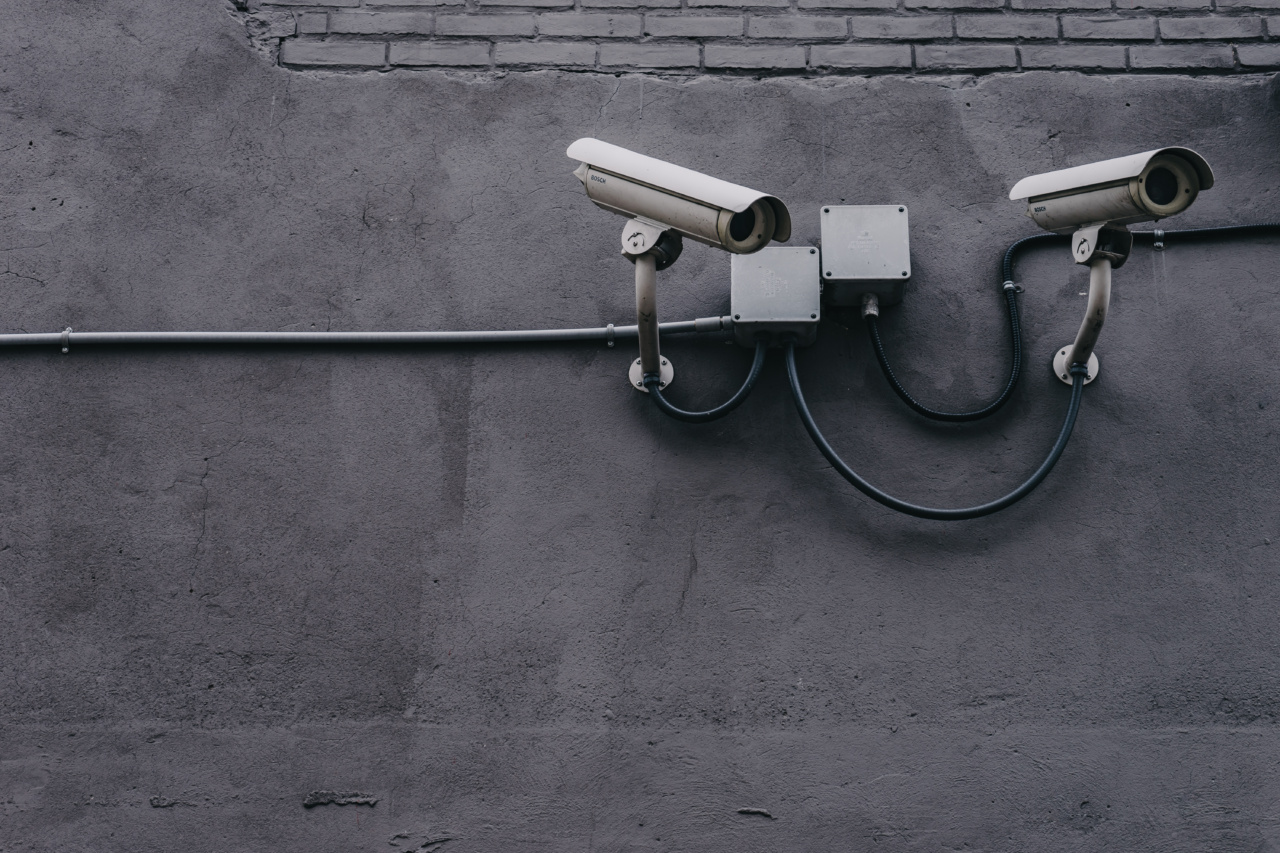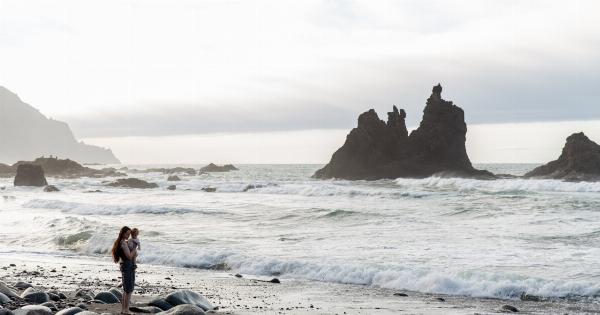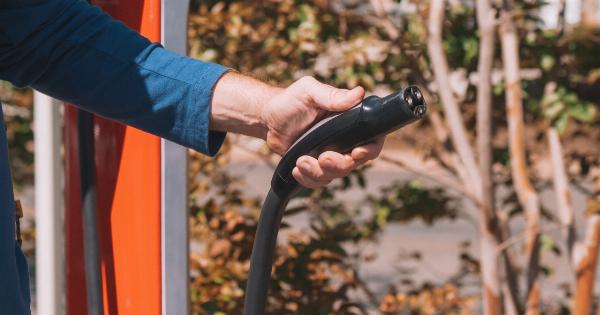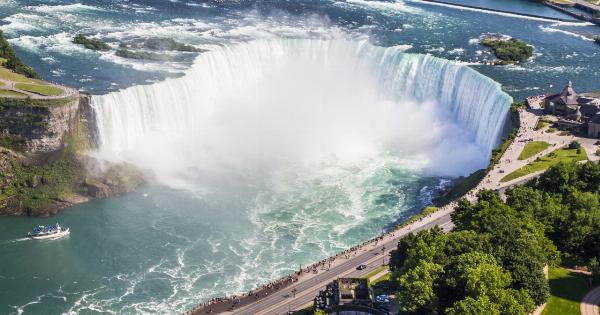Planning a safe and secure picnic is essential to ensure that you and your loved ones have a memorable and enjoyable outing.
Whether you are planning a picnic at a local park, beach, or any other outdoor location, it is crucial to prioritize safety measures to protect everyone involved. This article outlines some top tips for planning a safe and secure picnic, covering everything from choosing the right location to packing essential items.
1. Choose a Safe Location
The first step in planning a safe picnic is to choose a suitable location. Look for parks or designated picnic areas that are well-maintained, have good lighting, and are frequented by other families.
Avoid secluded or isolated areas, especially if you are unfamiliar with the surroundings.
2. Check the Weather Forecast
Before heading out for a picnic, always check the weather forecast. Inclement weather can quickly ruin your plans and pose safety hazards. Be aware of weather conditions like thunderstorms, high winds, or extreme heat.
It is advisable to reschedule your picnic if the forecast is unfavorable.
3. Inform Someone About Your Plans
Prior to heading out for a picnic, inform a friend or family member about your plans. Share details such as the location, duration of the picnic, and when you expect to return. This way, someone will be aware of your whereabouts in case of any emergency.
4. Pack Essential Safety Items
Ensure you have packed essential safety items for your picnic. These may include a basic first aid kit, sunscreen, insect repellent, and hand sanitizers.
Depending on your location, you might also need items like life jackets, emergency flares, or a whistle. It’s better to be prepared for any situation.
5. Be Cautious with Grills and Fire
If you plan to have a barbecue at your picnic, it is imperative to follow proper safety precautions. Use designated barbecue areas if available and keep grills away from flammable objects.
Ensure that the fire is fully extinguished before leaving the spot. Always monitor children around the grill to prevent accidental burns.
6. Keep Food at the Right Temperature
Food safety is crucial to prevent foodborne illnesses. Keep perishable foods, such as meat, dairy products, and salads, stored in insulated coolers with ice packs.
Ensure that the internal temperature of the coolers is below 40°F (4°C) to avoid bacterial growth. Remember to discard any leftovers promptly.
7. Stay Hydrated
Hydration is essential during outdoor activities, especially on hot summer days. Pack plenty of water and other non-alcoholic beverages to keep everyone hydrated.
Encourage regular water breaks and keep an eye out for signs of dehydration, such as dizziness, fatigue, or excessive thirst.
8. Practice Sun Safety
Protect yourself and your family from the harmful effects of the sun. Apply sunscreen with a high SPF, wear hats and sunglasses, and seek shade whenever possible.
Avoid direct exposure to the sun during peak hours, usually between 10 am and 2 pm, when the UV rays are the strongest.
9. Stay Alert and Be Mindful of Surroundings
While picnicking, it’s important to stay alert and be mindful of your surroundings. Keep an eye on children and ensure that they are within sight at all times.
Be aware of any potential hazards like uneven terrain, bodies of water, or wildlife in the vicinity.
10. Clean Up Properly
Leaving the picnic site clean and free of any litter is not only respectful but also contributes to the safety of others. Dispose of trash in designated bins or take it home with you.
Inspect the area for any small items or sharp objects that might have been accidentally left behind.
Conclusion
Planning a safe and secure picnic allows you to enjoy quality time with your family and friends while minimizing risks and ensuring everyone’s well-being. By following these top tips, you can create lasting memories without compromising on safety.
Remember, prioritizing safety not only protects you and your loved ones but also sets a positive example for others who may be inspired to plan their picnics in a responsible manner.





























